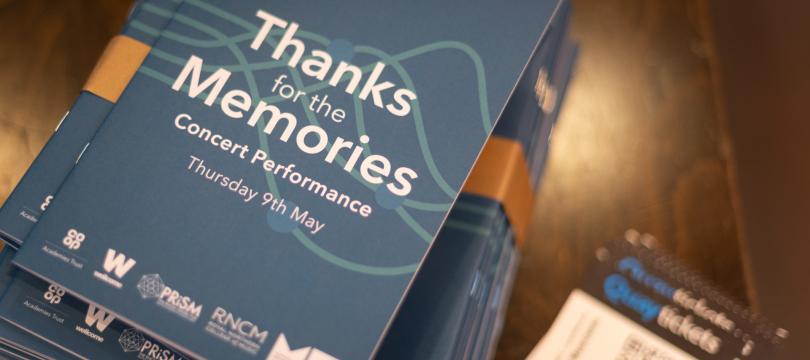Involve the public in your research: Your research will thank you for it
Molecular biologist Emma Dorris shares her public engagement with research journey...

Emma Dorris is a molecular biologist at the Centre for Arthritis Research in UCD Dublin and eLife Ambassador for good practice in science, where she works with an international group of life scientists to help establish best practice for involving the public in research.
I work in a university laboratory. I work with patient samples that act as experimental models. Without these samples I couldn’t do the research I love. Yet, up to a year ago I had never spoken to a patient who donated their samples. Nor had I spoken with a charity donor or tax payer who funds my work, about my work. I had spoken at them, but never with them. By this, I mean I had given the occasional invited lectures where I told them about my work, but had never sat down and listened to them and their insights.
A single question on a grant application was the catalyst to the most influential enterprise of my career: “Outline your strategy for involving the public in your research”. Thus started my journey into public and patient involvement (PPI).
How do you involve the public in your research when your research is not public facing? Ask yourself some questions: are you funded by public money? Is the end goal of your research to be used by the public? Does your research have a social application? If the answer is yes, you should be involving the public in your research.
A new challenge
Public involvement is challenging. Trust me, I know. I am a senior postdoc in the final year of my funding. The pressure for funding and scientific outputs has never been more central in my mind. And yet, I take the time and effort to involve the public. I would not be doing this if I didn’t fundamentally believe in the benefits to me as a researcher and to my research.
Broaden your field of influence
The public are the common stakeholder across many research disciplines. PPI has opened my professional network and I now collaborate on multiple interdisciplinary and cross-disciplinary projects. As an early career researcher, you need to find your “niche” to progress to an independent career. If you rely on what’s already in the literature how do you develop something truly new? When you talk with the public and invite challenge to your ideas, you broaden your field of influence and get insight and perspective that you wouldn’t otherwise hear.
Considering impact as well as output
I was recently awarded funding for a project developed directly with public research partners. This will investigate communication and interaction pitfalls in our health service and is related to an existing laboratory-based project. Why? So that when we get to the phase where our research has potential in the clinic, we will understand the landscape and be able to translate our research into practice far more efficiently. This is not something I would have previously considered as being within my research “remit”. The influence of public research partners has been to question this. If it is not my responsibility to facilitate the transition of my research into practice, then whose is it? They have moved the goalposts and ensure that I consider the impact (true consideration grounded in reality rather than writing a few lines in a grant), as well as output. This naturally leads to multidisciplinary, and increasingly interdisciplinary, research. I now collaborate with a sociologist, psychologist, economist, and marketing professional as well as biomedical and allied healthcare professionals. This in and of itself, has broadened my knowledge of the discipline I study, and how it sits into the wider research in this area. It has also broadened my funding and career opportunities.
Relationship building
Public involvement is a far less trodden path and it has challenges, not least of which is time. The key to successful public involvement is relationship building. This takes time and work. I am not a social butterfly, so perhaps it took extra time and work for me. Being very clear and transparent about what your involvement opportunity is; and, critically, what it is not; will help. Knowing what you want from the public, what their time commitment will be and how you will use their input, without having experience of this beforehand is hard. However, if you respect them, and their input, you will put the effort into figuring this out as best you can. Simple rule: If you wouldn’t ask it of a colleague or supervisor, don’t ask it of your public partner.
Getting started
Even if you recognise that public involvement has value, how to even start? I started by talking to those I was comfortable being vulnerable with, but who I knew would give me honest feedback. In my personal experience, preteens (10-14) are fantastic to introduce you to public communication. This is the about the level of complexity you’re pitching at (the average reading age in the UK is 9), and they will be brutally honest with you. I started writing lay summaries, sending them to my niece and nephew in that age and simply asking them to text back what they thought it said. This eased my way in. I moved onto talking with advocates and then with the general public. I was transparent and let them know that this was new to me, as well as to them. Now, chatting to a public stakeholder about a project or project idea happens as a matter of course.
I’ll leave you with a question. The public fund research in the hope it will improve the public good. Fundamentally, can you really improve the public good if you don’t account for the public experience?
Emma Dorris is an eLife Ambassador for good practice in science, where she works with an international voluntary group of life scientists to help establish best practice for involving the public in research.

